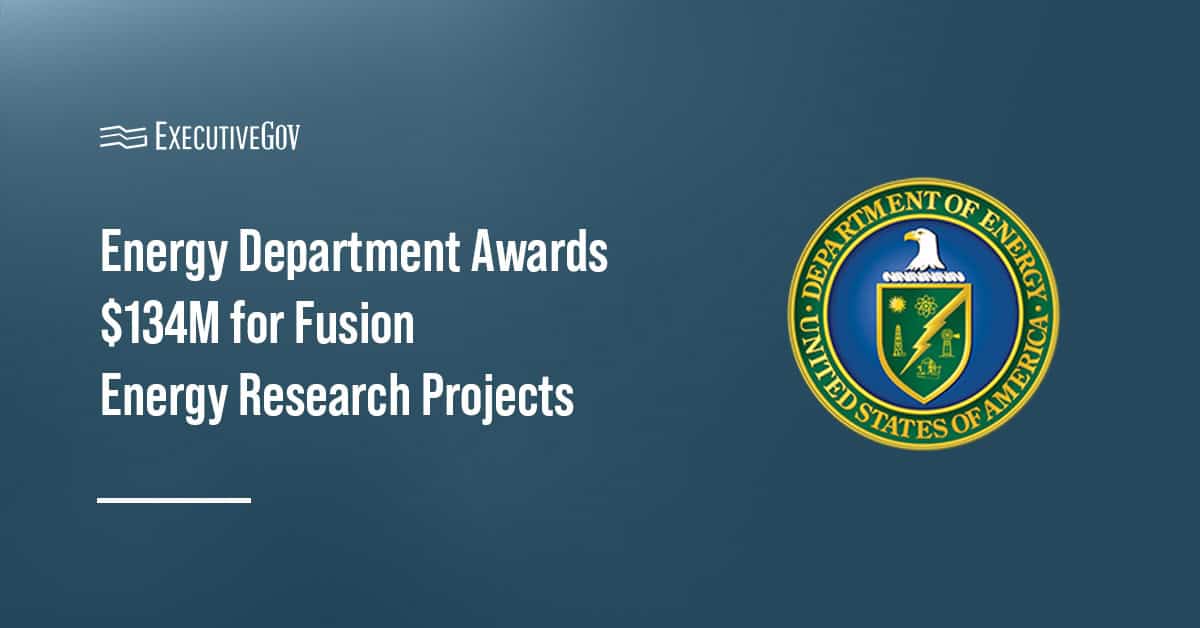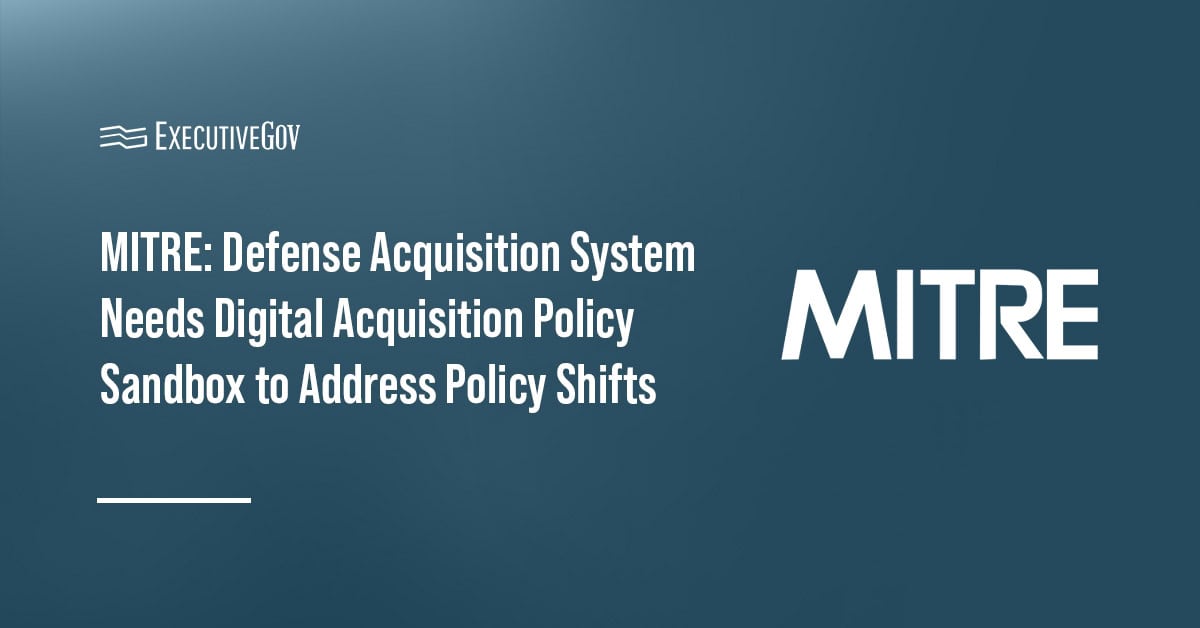The Department of Energy is on the hunt for industry partners that will be allowed to utilize high-performance computing capabilities at national laboratories to create energy efficient technologies.
Selected teams will work as part of the HPC or Energy Innovation initiative and advance modeling, simulation and data analysis using supercomputers to support manufacturing and materials projects, DOE’s Lawrence Livermore National Laboratory said.
HPC4EI encompasses the HPC4Manufacturing and HPC4Materials Programs, with HPC4Mfg being funded using the department’s Advanced Materials and Manufacturing Technologies Office and Industrial Efficiency and Decarbonization Office. HPC4Mtls, on the other hand, receives funding through the Office of Fossil Energy and Carbon Management.
U.S. manufacturers, universities, institutes and other non-profit organizations are encouraged to join the solicitation.
Related Articles
The Department of the Treasury has partnered with the GSA to launch the Savings Award for Verified Efficiencies, or SAVE, Program to reduce wasteful federal contract spending. The joint initiative aims to deliver considerable savings while keeping focus on mission readiness, Treasury said Wednesday. Building on Defend the Spend Success The SAVE Program builds on lessons from GSA’s Defend the Spend initiative, which highlighted ways to use federal contracting funds more efficiently. Treasury has expanded the model to involve federal employees in savings initiatives and recognize and reward them for their efforts. Under the SAVE program, Treasury GS and GS-equivalent
The Department of Energy is providing a total of $134 million in funding for new research projects selected under its two programs aimed at keeping the United States’ lead in the fusion energy technology development. The funding seeks to strengthen collaboration between the private fusion industry, DOE national laboratories and universities, accelerating progress in fusion research and innovation, the department said Wednesday. FIRE Team Awards The awards include $128 million for seven research teams chosen for the Fusion Innovative Research Engine, or FIRE, collaboratives of national labs and academic institutions. The FIRE teams’ projects aim to build a national fusion
MITRE is proposing the development of a digital acquisition policy sandbox, or DAPS, to help the Defense Acquisition System address challenges brought by a new wave of changes in statutes, executive orders, or EOs, and departmental policies in a new paper published Friday. Titled The Defense Acquisition System Digital Acquisition Policy Sandbox, the paper says the DAS can take advantage of the diagnostic platform to effectively maneuver through the changes and lessen program disruptions. Ensure you’re part of the discussion about the latest defense acquisition reforms at the Potomac Officers Club’s 2025 GovCon International and Global Defense Summit on October





